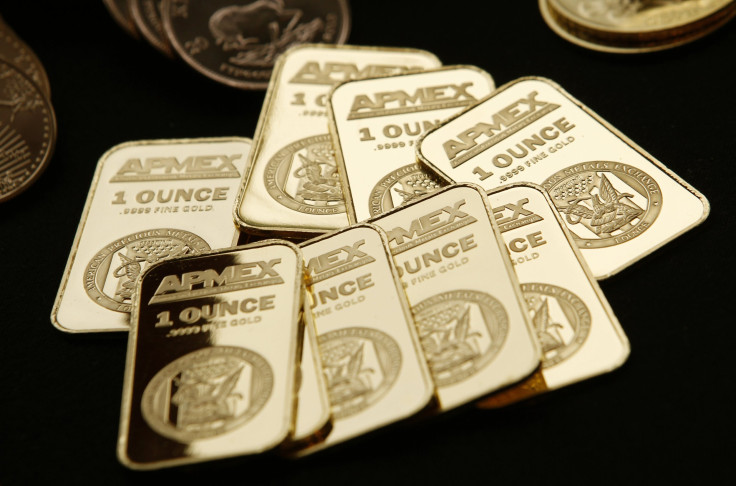Copper Beats Gold As An Inflation Hedge: S&P
Red Trumps Yellow

Copper may be better suited for protecting investors against inflation than gold is, according to a surprising analysis pioneered by Standard & Poor’s Financial Services LLC.
Investors have typically viewed gold as an inflation hedge, since it is touted as a safe haven in times of geopolitical and monetary turmoil. Gold also moves inversely to the U.S. dollar, so a weaker currency often translates into higher gold prices.
But that conventional notion of gold’s power as an inflation hedge might not square with the facts, S&P’s vice president of commodity indices Jodie Gunzberg said Tuesday to IBTimes in an interview.
“Inflation [hedging] with gold is not as powerful as inflation [hedging] with copper, which is a true industrial metal and moves much more with economic growth,” she told IBTimes on Tuesday. “Copper, because it’s the material used in buildings, has historically been more sensitive to inflation and a better inflation hedge than gold.”
As the global economy improves, and inflation rises as products become more expensive, copper prices may also rise. Although Federal Reserve tapering and interest rate hikes have preoccupied markets in recent weeks, others have warned that inflation may rear its head toward the end of the year and into 2015.
Academic studies have delivered mixed conclusions on gold’s properties as an investment hedge. In the 1980s and 1990s, gold failed as a shield against inflation, an international study found in September 2013.
In contrast, copper has been historically consistent in its relationship to inflation, according to Gunsberg.
“Both expected and unexpected inflation are positively correlated to copper returns, though the correlation to unexpected inflation is more significant,” noted earlier S&P research, which analyzed decades of data.
“A similar analysis was also conducted on gold, and neither expected nor unexpected inflation was found to be statistically significant in explaining gold returns.… Investors purchasing gold in the early 1980s would have experienced losses relative to inflation,” read the paper.
“Overall, copper returns appear to perform better in inflationary periods than those of gold... This is significant, especially given that copper makes up a very small portion of the CPI.”
Consumer prices rose 1.5 percent over the past year, up slightly from past monthly readings, according to the latest U.S. consumer price index.
Many investors lost faith in gold in 2013, as prices saw their worst decline since 1981. Depictions of gold as a stable safe haven may now be permanently tarnished, though others still defend gold as diversifying portfolios.
© Copyright IBTimes 2024. All rights reserved.






















